Related Research Articles
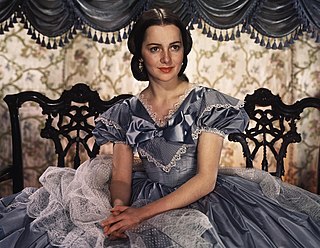
Walter Plunkett was a prolific costume designer who worked on more than 150 projects throughout his career in the Hollywood film industry.

William H. Daniels ASC was a film cinematographer who was Greta Garbo's personal lensman, serving as the cinematographer for such Garbo-starring films as Torrent (1926), The Mysterious Lady (1928), The Kiss (1929), Anna Christie, Romance, Grand Hotel (1932), Anna Karenina (1935), and Camille (1936). Early in his career he worked regularly with director Erich von Stroheim, providing cinematography for such films as The Devil's Pass Key (1920) and Greed (1924). Daniels went on to win an Academy Award for Best Cinematography for his work on The Naked City (1948).
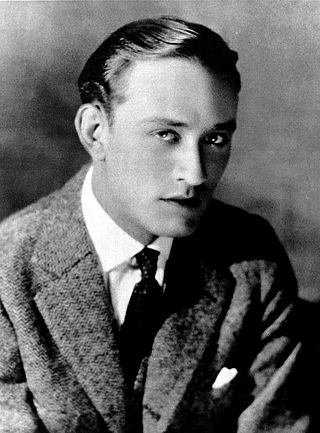
John Conrad Nagel was an American film, stage, television and radio actor. He was considered a famous matinée idol and leading man of the 1920s and 1930s. He was given an Honorary Academy Award in 1940, and three stars on the Hollywood Walk of Fame in 1960.
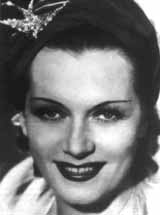
Olga Konstantinovna Chekhova, known in Germany as Olga Tschechowa, was a Russian-German actress. Her film roles include the female lead in Alfred Hitchcock's Mary (1931).

Lee Garmes, A.S.C. was an American cinematographer. During his career, he worked with directors Howard Hawks, Max Ophüls, Josef von Sternberg, Alfred Hitchcock, King Vidor, Nicholas Ray and Henry Hathaway, whom he had met as a young man when the two first came to Hollywood in the silent era. He also co-directed two films with legendary screenwriter Ben Hecht: Angels Over Broadway and Actor's and Sin.

Nobert Brodine, also credited as Norbert F. Brodin and Norbert Brodin, was an American film cinematographer. The Saint Joseph, Missouri-born cameraman worked on over 100 films in his career before retiring from film making in 1953, at which time he worked exclusively in television until 1960.

Robert William Armstrong was an American film and television actor remembered for his role as Carl Denham in the 1933 version of King Kong by RKO Pictures. He delivered the film's famous final line: "It wasn't the airplanes. It was beauty killed the beast."
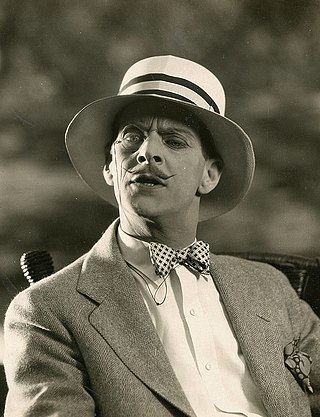
William Crosby Percy Austin was an English character actor. He was the first actor to play Alfred in a Batman adaptation.

John Loder was established as a British film actor in Germany and Britain before migrating to the United States in 1928 for work in the new talkies. He worked in Hollywood for two periods, becoming an American citizen in 1947. After living also in Argentina, he became a naturalized British citizen in 1959.

Albert De Conti Cadassamare, professionally billed as Albert Conti, was an Austrian-Hungarian-born Italian-American film actor.

Albert S. Rogell was an American film director. Rogell directed more than a hundred movies between 1921 and 1958. He was known for an aggressive directing style, shouting at his actors and crew.
Bernard Knowles was an English film director, producer, cinematographer and screenwriter. Born in Manchester, Knowles worked with Alfred Hitchcock on numerous occasions before the director emigrated to Hollywood.

Theodore von Eltz was an American film actor, appearing in more than 200 films between 1915 and 1957. He was the father of actress Lori March.

John Miljan was an American actor. He appeared in more than 200 films between 1924 and 1958.

Holmes Herbert was an English character actor who appeared in Hollywood films from 1915 to 1952, often as a British gentleman.

David Torrence was a Scottish film actor. He appeared in more than 100 films from 1913 to 1939. He has a star on the Hollywood Walk of Fame. He was the brother of actor Ernest Torrence. He was born in Edinburgh, Scotland and died in Los Angeles.
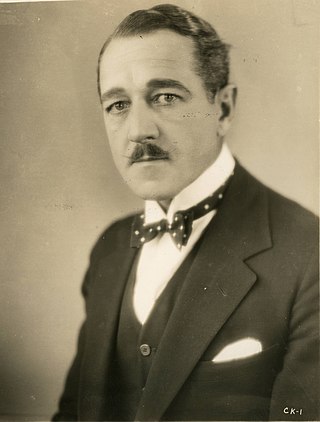
Crauford Kent was an English character actor based in the United States. He has also been credited as Craufurd Kent and Crawford Kent.
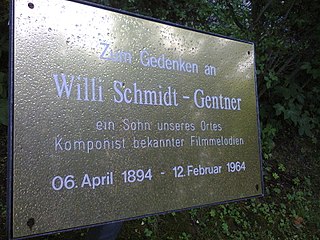
Willy Schmidt-Gentner was one of the most successful German composers of film music in the history of German-language cinema. He moved to Vienna in 1933. At his most productive, he scored up to 10 films a year, including numerous classics and masterpieces of the German and Austrian cinema.
Allen G. Siegler was an American cinematographer who lensed nearly 200 films and television episodes between 1914 and 1952. He worked at Columbia Pictures for many years, and was an early member of the American Society of Cinematographers.
L. William O'Connell was an American cinematographer who worked in Hollywood between 1918 and 1950. He frequently worked with directors Howard Hawks and William K. Howard.
References
- ↑ Drew, Bernard A. (2013-12-04). Motion Picture Series and Sequels: A Reference Guide. Routledge. ISBN 978-1-317-92893-5.
- ↑ Golden, Eve (2013-03-29). John Gilbert: The Last of the Silent Film Stars. University Press of Kentucky. ISBN 978-0-8131-4163-3.
- 1 2 "When Royalty Comes to Hollywood". The Decatur Herald. 25 Aug 1935. Retrieved 2020-02-05.
- 1 2 "Basil Wrangell Directs First Feature-Length Film". Valley Times. 20 Dec 1946. Retrieved 2020-02-05.
- ↑ Eyman, Scott (2008-06-23). Lion of Hollywood: The Life and Legend of Louis B. Mayer. Simon and Schuster. ISBN 978-1-4391-0791-1.